So, last week I suggested that Rob’s most hectic day of vintage was behind him. I’m not going to say that I jinxed him, but perhaps that prediction was a little premature!
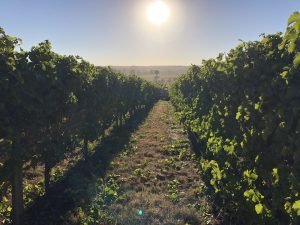
Another big day for Rob…
Our sauvignon blanc grapes were hand-picked last Friday and Rob was very happy with the fruit. Although it was a very warm day, after a few hours in the cold room, they had cooled down and were loaded into the press at about 5.45am Saturday morning – of course, Rob was at the winery to oversee this. Who needs sleep?!
Why do the grapes need to be cool before they go into the press? The fermentation needs to be slow. So, if the grapes start out warm then the ferment goes too quickly, and it won’t develop the flavours Rob is looking for.
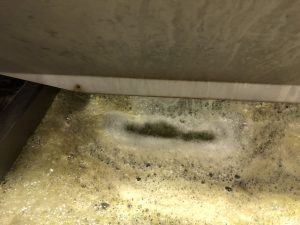
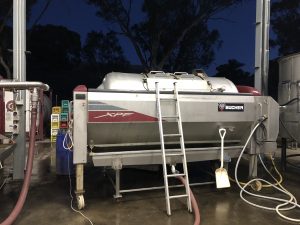
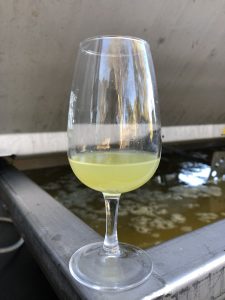 The Baumé was lowish (11.2) and that is exactly how Rob wants it. The juice is perfect with lovely aromas and flavours, and such an attractive green tint. All up 3000 litres of juice came out of the grapes. This will be used for both the 2018 Somerled Sauvignon Blanc and the Fumé Blanc (in quantities yet to be determined by the winemaker!).
The Baumé was lowish (11.2) and that is exactly how Rob wants it. The juice is perfect with lovely aromas and flavours, and such an attractive green tint. All up 3000 litres of juice came out of the grapes. This will be used for both the 2018 Somerled Sauvignon Blanc and the Fumé Blanc (in quantities yet to be determined by the winemaker!).
Since then the juice has been chilling while all of the solids from the grapes are settling to the bottom. This leaves 90% of the juice nice and clear. It will then be “racked” off the lees, yeast will be added, and it will be wine in a couple of weeks. Easy right??!!
The last of the Adelaide Hills fruit makes it to the winery…
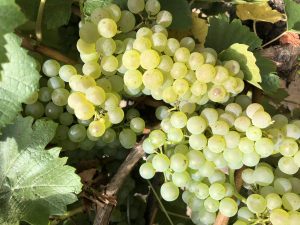
This week sees the last of our fruit from the Adelaide Hills being harvested. This is happening as I type at Kim Anderson’s vineyard in Charleston. It started this morning (Friday) at around 2:00am. Chardonnay is first (see picture), followed by Pinot Noir for dry red.
The chardonnay was at 12.2 Baumé a couple of days ago. It should be ideal by the time it gets to the winery (Rob likes it to be around 12.5). The pinot was tested at 13.8 Baumé. This is as high as Rob would like to see it go… the colour and flavour look terrific.
Both these varieties are machine harvested. While machines are definitely faster, they aren’t as gentle as human hands, so some of the berries may be inadvertently crushed during the picking process. This is something you want to avoid with sparkling and sauvignon blanc. However, with Rob’s chardonnay and pinot, a bit of skin contact with the juice is no disadvantage. It was a nice chilly night here in the Hills last night, so perfect conditions for picking.
Also, because it has been machine harvested, the Chardonnay will need to be destemmed and pumped straight into the press.
The Pinot Noir will be put through the crusher/destemmer and pumped to a little open fermenter, where yeast will be added. It will ferment away in contact with the skins for around a week. Don’t forget that all the colour is in the skins, so this gives maximum opportunity to extract all the colour and also tannins into the fermenting juice.
Pressing versus crushing – what’s the difference? When making white wine, the fruit is usually pressed before primary fermentation. This is a gentle process which minimises the amount of skin contact with the juice. For red wines though, the grapes are first crushed to maximise the amount of skin contact (for colour and flavour) and pressed after fermentation to squeeze out the remainder of the juice and remove the skins and seeds, etc. Of course, there are many ways to make red and white wines, so you will see variations on these processes depending on the style.
All of Rob’s hard work has, quite frankly, worn me out… so, I’m off for a week of R&R with the family. But never fear! Your guest blogger, Lucy will be taking the reigns next week. Go easy on her!
Gelati Party!
In the meantime, if you’re looking for something to do on Sunday 25th March you should plan a trip to Hahndorf and our Gelati Party! It’s “Crush Take 2” (with, fingers crossed, much cooler weather this time) where Somerled, Scott & La Prova Wines and Hersey Vineyard will be joining forces on the lawn (behind the Scott cellar door at 102 Main Street, Hahndorf) for a celebration of cool jazz music, delicious dude food, amazing wine and, of course, Gelati!
I mean, why wouldn’t you be there?
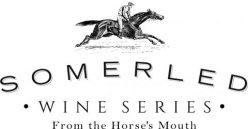
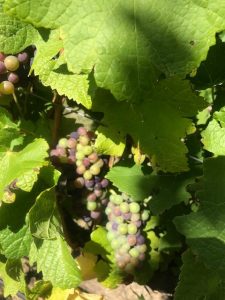 That said, there is still plenty happening…
That said, there is still plenty happening…